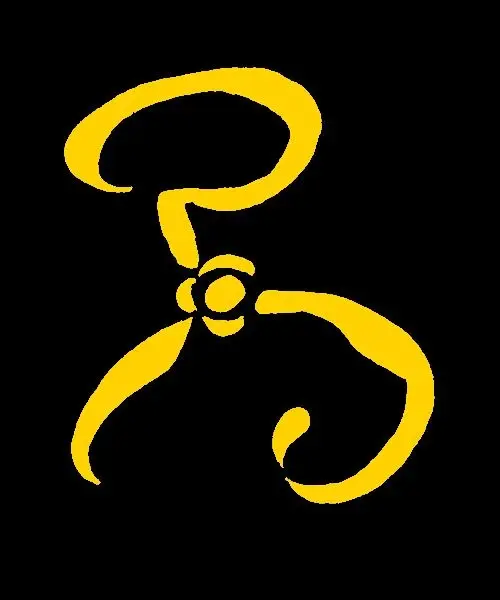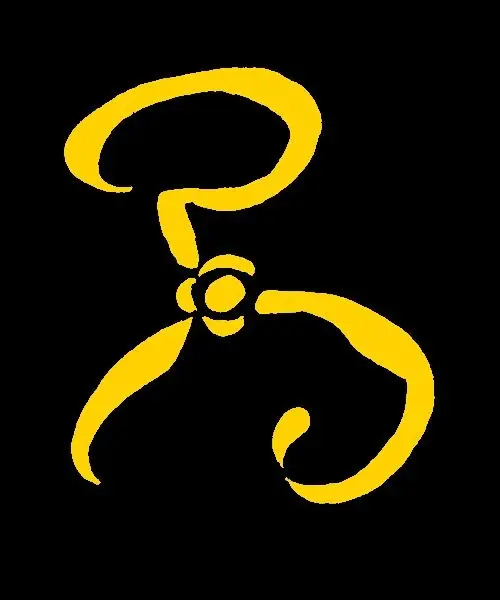Welcome back, fellow Lovercaftian scholars. This is the third week of our book club exploring Lovecraft’s Dream Cycle. This week’s thread is open for discussion of last week’s reading: The Doom that Came to Sarnath and The Cats of Ulthar.
For this week’s assignment we have two more short stories: Celephaïs and Nyarlathotep.
Celephais and Nyarlathotep were both written in 1920, the same year as The Cats of Ulthar and one of our future reading assignments, Ex Oblivione; evidently this was a very productive year for the Dream Cycle. While 1920 is the year in which Lovecraft wrote the most Dream Cycle stories, in 1927 he wrote two novella-length stories in the cycle: The Dream Quest of Unknown Kadath and The Case of Charles Dexter Ward.
Reading for this week can be found in the trusty PDF here, and individual links for LibriVox recordings follow: Celephaïs and Nyarlathotep.
The Doom That Came To Sarnath was my first introduction to the writings of HPL many many years ago. I enjoy re-reading it as much as I did the first time. This time I opted to listen to it on HorrorBabble, the narrater was very good.
I always find myself thinking about little side stories in the same setting. What did the “people” of Ib ever do to deserve the hate of Sarnath? The beings that inhabited Ib seemed to just keep to themselves. They are described as having “bulging eyes, pouting, flabby lips, and curious ears, and were without voices”. Is it just simple pure xenophobia that drove the people of Sarnath to kill them all, or were there unstated incursions into Sarnath? The story does does not describe the denizens of Ib as anything other than ugly, and maybe that was enough for the people of Sarnath.
In the end the people of Sarnath got what they deserve, which is a somewhat surprising result considering how deeply xenophobic HPL was at the time of the writing. One would expect a Sarnath apologist viewpoint.
I always feel like Doom has an almost cinematic feel to it. Even though the story is brief the setting is lush and very interesting.
I found HorrorBabble while looking for a horror narrator to fall asleep to. I really enjoy their work.
To motivations for the people of Sarnath targetting the people of Ib, there’s definitely plenty of xenophobia mixed in there, which Lovecraft probably considered a good enough reason. He writes “with their marvelling was mixed hate, for they thought it not meet that beings of such aspect should walk about the world of men at dusk.” I find it peculiar that the humans were relatively late settlers of this land yet they consider the world under the sole dominion of men.
The next sentence offers another reason. “Nor did they like the strange sculptures upon the grey monoliths of Ib, for those sculptures were terrible with great antiquity.” Evidence of art and culture from another sentient species, especially antique arts, would challenge Sarnath’s world view of men being the masters of the world. Guided by their pride and hatred, I can see them as willing to raze a city so that they can live in a comfortable ignorance.
I think the Doom may be motivated by another peeve of people with more “traditionalist” views. After an initial boom in productivity, over the course of a millennium the people of Sarnath became decadent and eventually grew ignorant of the looming threat of revenge by the people of Ib. It could serve as an allegory that the people of Ib waited until the people of Sarnath had long grown complacent, before they attacked. I could potentially see it as some racist allegory about constant vigilance against the threat of resurgence from a conquered “lesser” folk.
I really enjoyed the stories from this week. I find that Lovecraft provides just enough details to provide a definitive sequence of events while leaving room for speculation on the details. It’s definitely much richer than the writings of the previous week.
A common theme shared by this week’s stories are vengeance; a cruel adversary who finds their comeuppance via disturbing and poetic means. I’ve looked up the background to these stories in preparation for this post and I notice that by 1919, Lovecraft had introduced himself to the works of Lord Dunsany. The text in these tales which have been referred to as Lovecraft’s “dunsanian tales” is filled with references and nods to the fiction of Dunsany, who also wrote short stories based on the world of dreams.
In The Doom that Came to Sarnath we see another departure from a common trope of Lovecraft’s stories, of disconnected gods mostly unaware or uncaring of the affairs of humans and other mere mortals. Though we are left with some questions unanswered, it is my interpretation that Bokrug, the patron god of the moon folk who dwelt in Ib, is the one who enacts vengeance on the people of Sarnath, on the 1000th anniversary of the razing of Ib.
At the time of the vengeance, the lore of the razing the city of Ib is long lost to all but the priesthood, and the annual celebration is little more than a ritual. Importantly, none of the noted deaths of the people of Sarnath are a consequence of violence; every single person was scared to death. This paints a picture of a patient and powerful entity, and an understanding of human psychology. Bokrug does not immediately stage a counter-assault and it does not use violence. Instead it secures the future of its followers by ensuring that the razing of Sarnath is never forgotten.
In The Cats of Ulthar we see plenty of ancient Egyptian imagery. The caravan paints humans with animal heads on the sides of their carts; the imagery of a disc in the space between horns is repeatedly used; and cats are referred to as the cousin of the Sphinx, “and he speaks her language, but he is more ancient that the Sphinx, and remembers that which she hath forgotten”.
Upon his kitten being slaughtered, a little boy in the caravan utters a prayer and the caravan leaves. The following night, all of the cats of Ulthar have gone missing. There are dubious and contradicting reports that the caravaneers stole the cats, and that the cats were seen oddly encircling the house of the cat slayers, with one suggesting that the cat killers have somehow hypnotised the cats. In the morning the cats have miraculously returned, and all look fatter. Indeed, for many days the cats refuse food.
After a week with no news from the house of the cat killers, an investigating party wanders over only to find the clean picked bones of its two residents. The discovery is so chilling that the villagers pass a law that in Ulthar no man may kill a cat.
There is little ambiguity in what occurred here: the cats, bolstered by the power to which the boy prayed, are responsible for killing and consuming the two cat killers. Again this is evidence of the existence of patient patron deities who will enact brutal and unusual vengeance in order to ensure the survival of their favoured species. Considering also the reverent description of cats given in the first paragraph, this hints at mysteries in our world to which we as a whole remain clueless. This is actually a very common motif in Lovecraft’s writing; that there are many secrets in our world to which mankind are ignorant. In other works he writes on how we are in fact blissfully ignorant, for the revelation of our position in reality will either cause us to go mad or regress to the ignorant safety of another dark age. Brilliant and chilling stuff.



